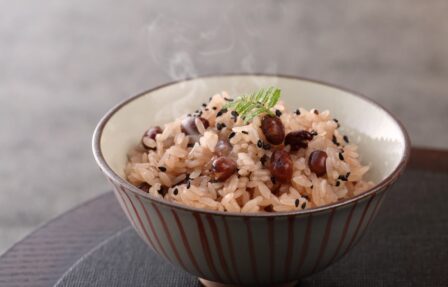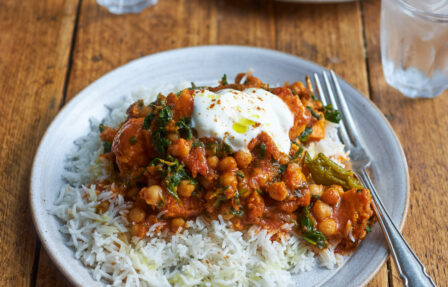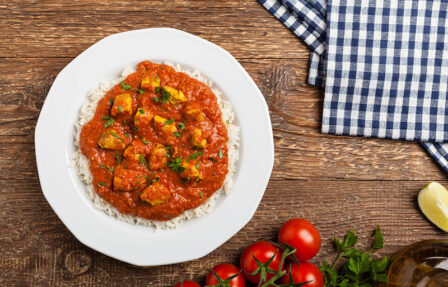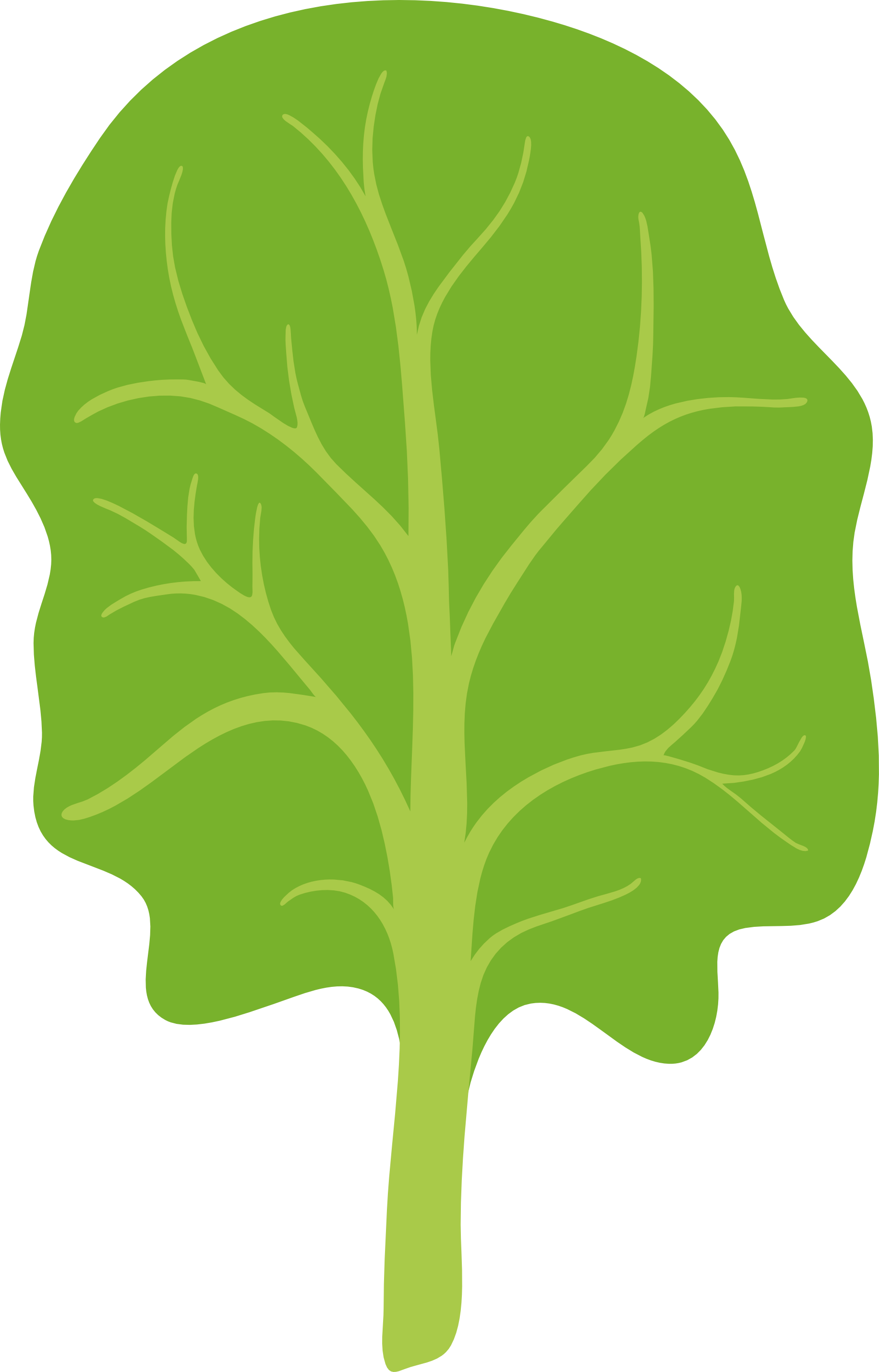Spinach
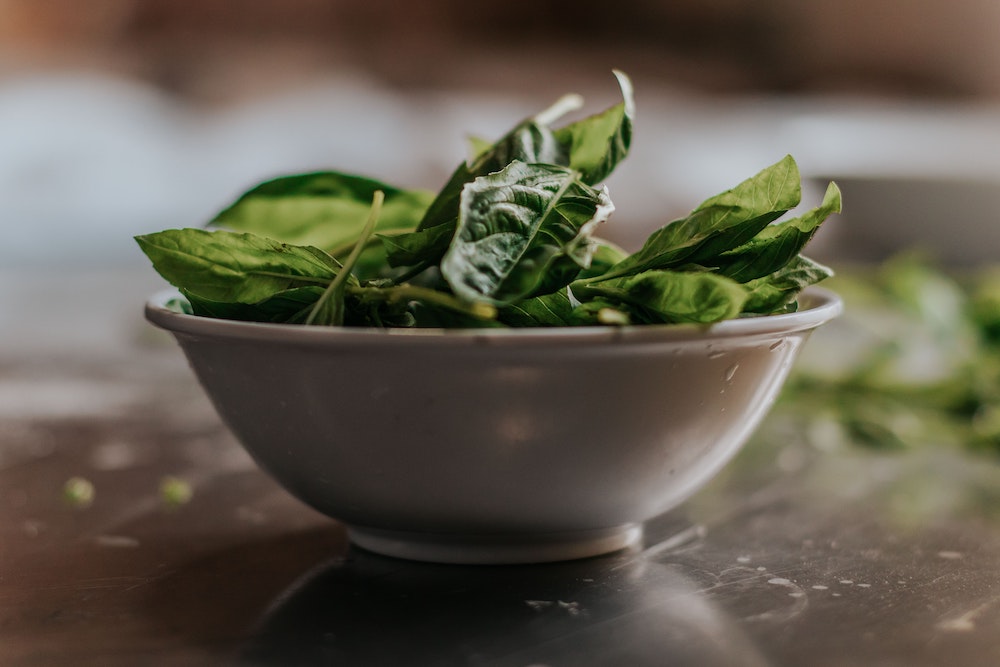

Spinach became hugely popular in America thanks to a guy called Popeye. Popeye was a comic book sailor known for his strength. His secret weapon? Spinach. At the approach of trouble, he chugged a can of spinach, which caused his muscles to bulge. Try searching for Popeye cartoons on YouTube, the cartoons are a little old now but the superpower of spinach is still true today!

Nutrition
Spinach is a good source of folate, a nutrient essential for making our red blood cells as well as iron, which helps our red blood cells to transport oxygen around the body.

Shopping guide
When picking up spinach on your food shop, look out for dark green leaves and check for wilting or yellowing leaves.

Storage
Spinach should be stored in the fridge wrapped in a paper towel and kept in an airtight container for up to 5 days. To avoid your spinach going soggy, keep it dry by changing out the paper towel. Spinach can be easily freezed for up to 6 months, just wash and dry it thoroughly before freezing.

Serving suggestions
Spinach can be steamed, boiled or sautéed. It is the perfect addition to eggs for a veg powered breakfast or as a green veg booster to stir fry and pasta – you’ll be amazed how a big pile of fresh leaves wilts down to a spoonful or two of spinach.

Seasonality
Buying veg in season is not only great for the planet, it can be good for your wallet, too! Seasonal veg are often cheaper and frequently taste better, so can be a better time to try with a child as the often sweeter, riper taste is more enjoyable.
Coming In:
April
At Its Best:
May - October

Engage
Here are some of our favourite ways to engage kids with spinach:
Arts & Crafts
Start simple with some non-food based engagement. This is especially helpful for a fussier child or those with sensitivities around food.
For spinach, why not try making a 3D veg “picture” by using spinach leaves and a couple of other veg to create an image? Spinach leaves make great tree foliage, bushes or green raindrops!

Science
Science allows for curiosity, play and hands-on experiments. It helps kids to become fascinated with veg – how it looks, reacts, smells, cooks and more. Finding fun and simple experiments to allow kids to play with their veg makes them curious about it and helps them approach it in a positive way.
For spinach, why don’t you explore the colour and shape together? How similar/different are spinach leaves to leaves you can’t eat that you see on trees? Can you see the veins if you zoom in on the leaves with a magnifying glass or zoom on a camera? Is it a different green colour to peas or broccoli?

Sensory
Sensory exploration can be a wonderful introduction to physically interacting with veg. Turn it into a positive, pressure-free experience by starting off with the golden rules of “You don’t need to try and you don’t need to like.” Reassuring a child that, while they have a chance to taste a veg, they don’t have to, and are not expected to like it if they do, can make them more happy to engage with it.
Try using a few raw spinach leaves to explore with your sense of sight. Ask your child what it reminds them of – does it looks like a tree leaf, a green teardrop, a thumbnail from a green giant? Encourage them to explore it and use their imaginations, using descriptive language. See if they are willing to give it a sniff, lick or even bite at the end (and make sure they see you trying it and describing its taste and texture, too!).

Kids in the Kitchen
Children who help to prep and cook veg are more likely to eat it. If you feel your child is ready to help and could benefit from it, keep the stress and mess to a minimum by choosing one simple task for them to do as part of the prep, meaning they can be involved and feel like the recipe is in part ‘theirs’, but also not make the process too much longer or more complicated.
For a younger child, why not get them making a raw spinach salad as a side dish for tea? They could be in charge from start-to-finish, washing and drying the leaves, popping them in a bowl, topping with any extra flavours like nuts or seeds, crumbled feta or hard cheese, halved cherry tomatoes or avocado chunks, etc., and making a simple dressing by mixing half a teaspoon of mustard in a jar with a couple of tablespoons of vinegar and a good 6-8 tablespoons of oil, screwing the lid on the jar and shaking until it is well mixed!
For an older child, it could be a great opportunity to learn some simple cooking skills on a stove and watch the change between raw and cooked foods happening quickly. Show them how to wash the spinach and carefully place it with a splash of water in a hot pan, stirring until it wilts down.
DOWNLOADS:
Use our Kitchen Ninja chart and videos to find simple ways for kids to help in the kitchen.


Your Food
Find your go-to meals in our family favourites section and see what veggies work best with them.
Find out how to add more veg to your suppers here.
Recipes

Serving
The moments before food is offered can be a perfect opportunity for engagement that can help make it more likely a child will eat it!
The first thing to do is remove the pressure. If the veg doesn’t get eaten, it’s not the end of the world. There will be other days, other dinners, other chances. Fun is key here – try not to worry about mess, perfect table manners, or playing with food. Instead, focus on making the process of getting the food to the plates, readying the table, and the actual eating relaxed.
The best principles for success here are the Three Rs (role modelling, rewarding, re-offering) which you can read about here.
But there is one more way you can serve for success, and that is giving your child a role. You don’t have to do this every time, just encourage them in their strengths through it when you can.
Here are some of our favourite ideas:
Design a menu
Come up with a silly name or story for a dish
Help with making a meal plan and choosing veg for dinners or snacks
Help to serve up the meal on dishes, lay the table or create a centrepiece to be involved in the physical ‘serving up’ process.
The Wonderful World of Veg
Check out our vegepedia. When to buy in-season. How to store them to keep for longer. How to engage children with each veg, and simple ideas of how to prepare and cook them for maximum taste and minimum waste. Select a veg…



